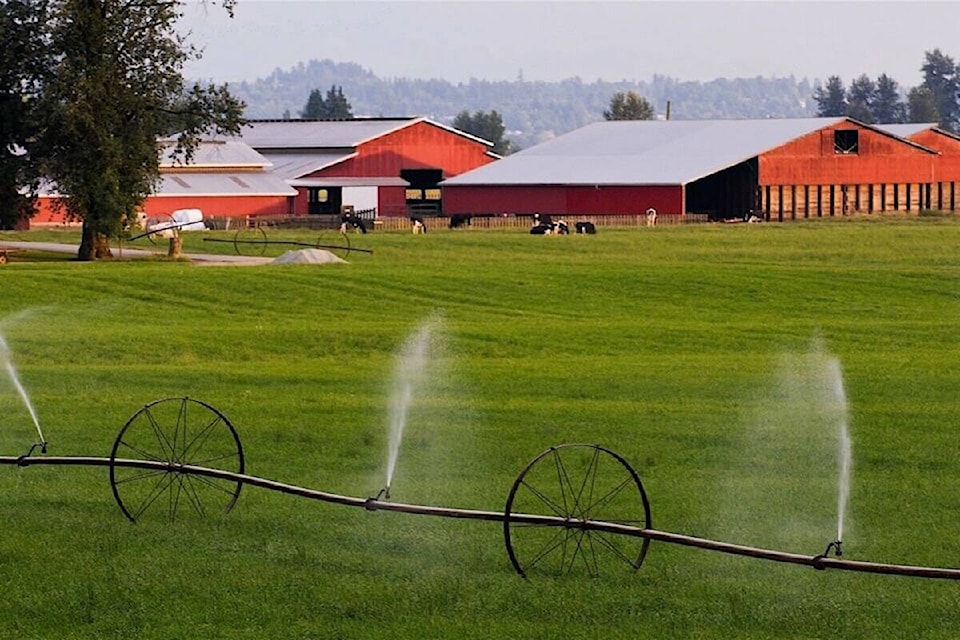Most of B.C.’s watersheds are now in Level 5 drought conditions, meaning that impacts to water users and ecosystems are almost certain.
This includes our own Tsolum River, which is at a record low. These are scary times to be a salmon – or a farmer.
Fifteen years ago, the provincial government published a promising plan to manage our shared waters. B.C.’s water laws, created to provide water rights during the gold rush, were by this point 100 years old. Basic tools, such as managing groundwater and overseeing water use, were mostly missing from the management scheme. The water plan went ahead, resulting in comprehensive new laws in 2016.
Water experts and conservationists were cautiously pleased. The “Water Sustainability Act” created a foundation for managing water for the common good – and for nature – while responding to the twin challenges of population growth and climate change. Now it was time to work out the details.
Fast forward to 2023, when wildfire and drought are in the news every day. What’s happening?
Unfortunately, things are not looking great. Because the province did not sufficiently invest in the work, implementation is years behind schedule. For example, a major task was to incorporate groundwater in the water licensing scheme. All water is connected, and unregulated wells can not only deplete neighbours’ wells, but also deplete – or even dewater – nearby streams. Even though non-domestic groundwater use must now be licensed, less than half the existing users applied for grandfathered rights by last year’s cut-off date. Their water use is now illegal and can be cut off at any time. Given this dire consequence, the high rate of noncompliance points to a problem with the process. And that problem is now on stark display.
Rather than ensuring that all farmers and other groundwater users had applied for licences in time, the province issued orders to stop using groundwater to at least three (and possibly several more) businesses in the Tsolum watershed. This led to a scramble to access water that could have been avoided had the users and their regulator both been more proactive.
Another development under the Act is a recent Fish Population Protection Order for the Tsolum River, some of its tributaries, and Aquifer 408, which stretches from Comox to Black Creek. This order requires certain surface water and well users to stop using water until the drought ends. Such orders have been issued only a handful of times since the Water Sustainability Act came into effect, with this summer having four orders provincewide.
That we needed to stop extracting water during a drought was no surprise to those who watch the Tsolum River in the summer, including local environmental stewards who regularly document the death of pink and coho salmon. For them, the increased oversight of stream flows and water use was welcome. But what happens next? Fish Population Protection Orders are merely a stop-gap measure to avoid the immediate death of trout and salmon populations.
Stewardship of the river and its surrounding watershed is another matter entirely. As our climate continues to change, communities, farmers, and ecosystems need help to adapt to drier, hotter summers, and winters that bring insufficient rain.
While the province’s handling of the water file has been mostly disappointing, government-sponsored efforts are really the only option. For example, the province can empower local water planning and even create local water boards. Meanwhile, farmers need assistance to adapt to extreme drought, and water users need better outreach and education. Watershed restoration – improving the health of forests and wetlands – is another way to make things better. The province has launched a $100 Million Watershed Security Fund, but the fund is only spending its interest, and needs to be much bigger to support the necessary planning, monitoring and restoration. Avoiding damage in the first place is also important: there is now clear evidence that streams are more sensitive to clearcut logging-related flow changes than previously believed.
We had water problems in the Tsolum long before climate change became obvious; now we have a water emergency.
Tanis Gower is a registered professional biologist from the Comox Valley. She has 25 years’ experience working as a consultant, in government, and in the non-profit sector, including as science and policy advisor for Watershed Watch Salmon Society.
